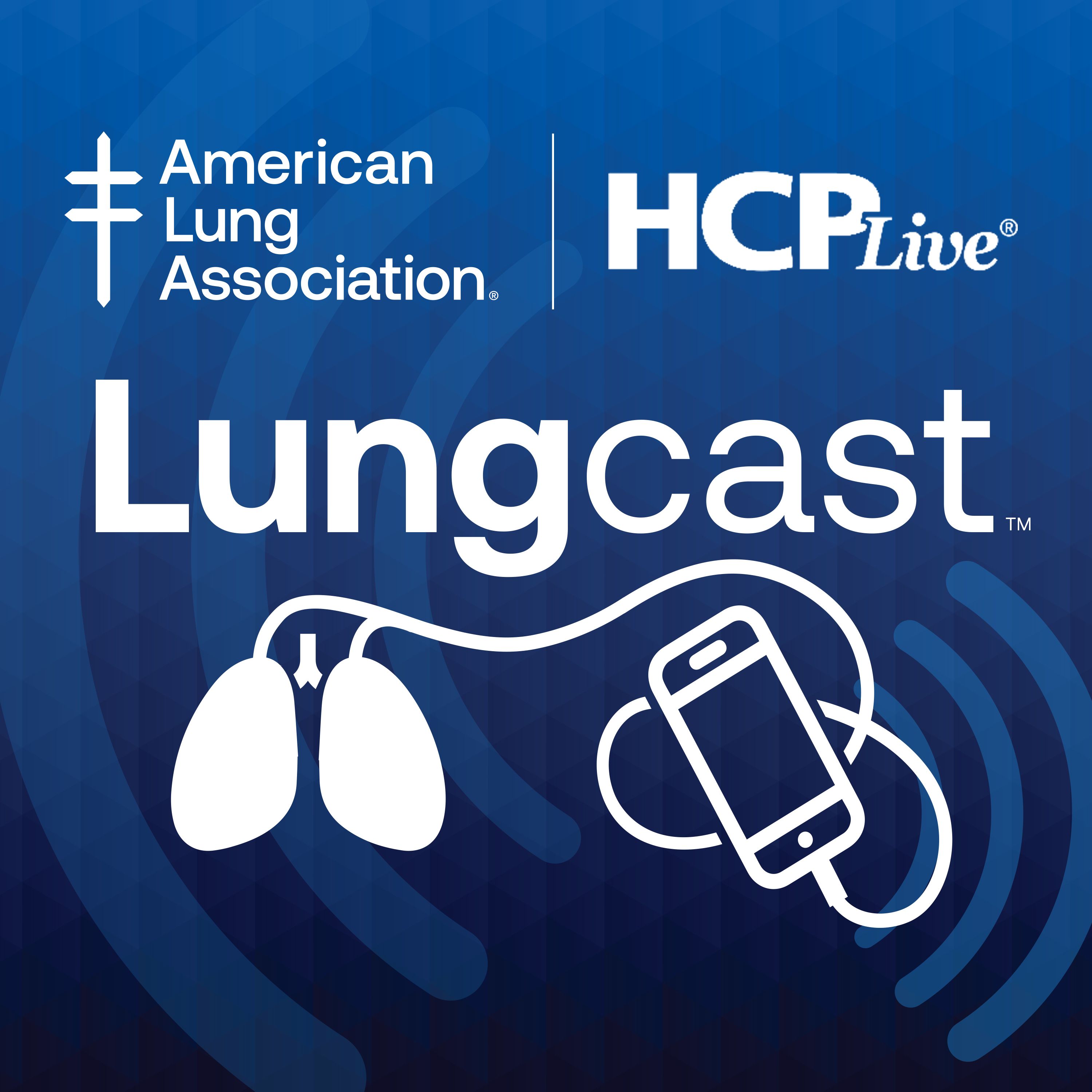Video
Future Management of Insomnia Disorder in Elderly Patients
Karl Doghramji, MD: For insomnia, a few other drugs are being explored. For example, cannabinoid agents. As you know, the cannabinoid receptors are helpful potentially not only for sleep but also for anxiety. Antihistaminic agents are being explored. Although some are available, more are being developed. Other orexin receptor antagonists are also being explored and developed.
And then finally, some nonpharmacologic agents are being looked at. For example, there’s a device now that is a head cooling device, which positioned over the head, can actually cool the brain. We think by doing so, it can actually produce better sleep. Many of the apps we have are being developed further, not only to monitor sleep but also to be able to help us fall asleep and stay asleep through some of the interventions that they give us in terms of recommendations on how to sleep better, maybe even anxiety-reducing techniques. So there’s a lot happening in the field of sleep, and we’ll see much more about this in the next few years.
First of all, in treating insomnia in the elderly, it’s important to look for underlying causes that one can directly treat: physiologic disturbances, physical disturbances such as sleep apnea or restless legs. Next, look for psychiatric conditions that should be treated primarily and directly. So treat the specific cause as opposed to treating insomnia directly first. If you have to treat insomnia directly, think of cognitive behavioral therapy and nonpharmacologic techniques first. Adjustment of one’s sleep/wake cycle, making sure that there’s good sleep hygiene, less light during the course of the evening, and reduction of the offending agents like pharmacologic agents that bother sleep—for example, stimulants and so on—by adjusting medication dosages. Do whatever you can to intervene nonpharmacologically in the case of insomnia, if possible. And finally, if you have to intervene pharmacologically, think of the agents that have the lowest array of potential adverse effects and use the lowest possible dose.
Transcript edited for clarity.





